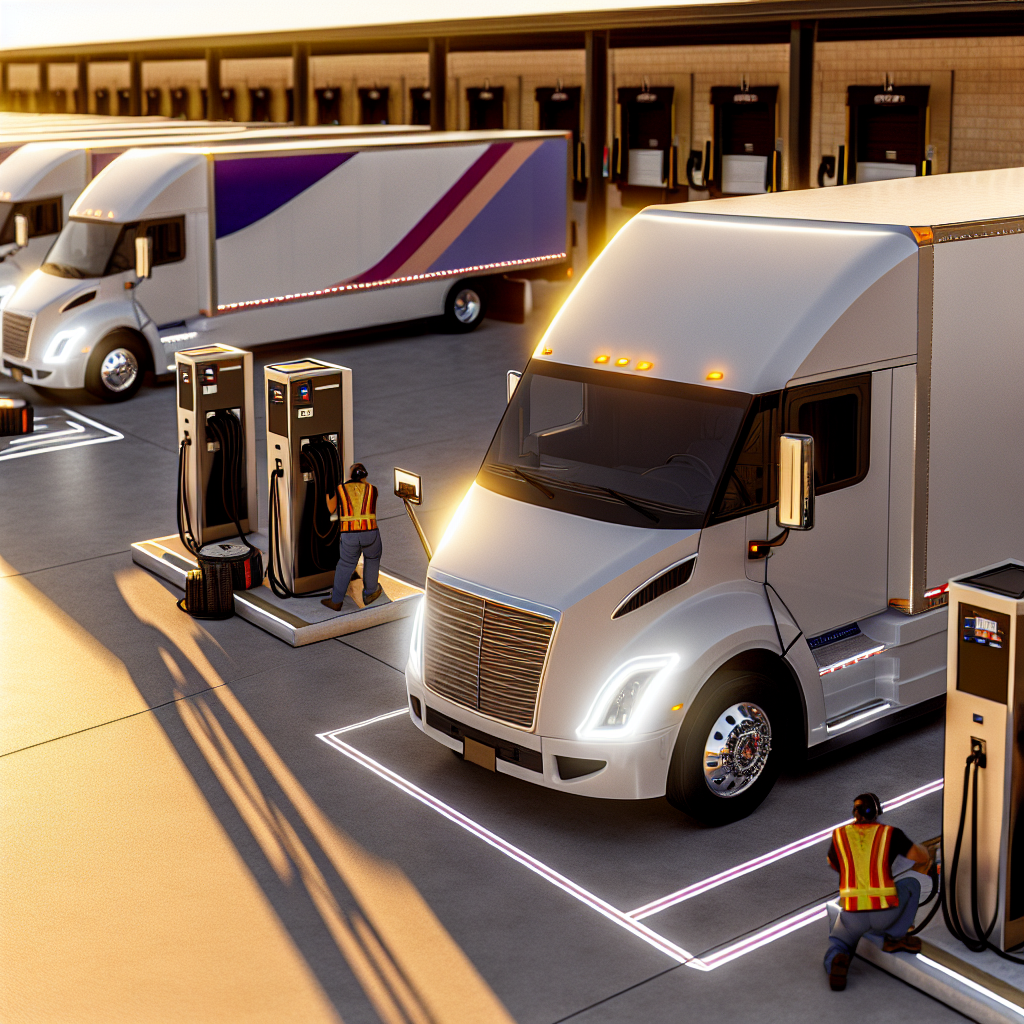Harbinger has secured $160 million in Series C financing and, notably, an initial FedEx order for 53 electric trucks — a package that pairs fresh capital with near‑term deployment. The round was co‑led by FedEx, Capricorn’s Technology Impact Fund and THOR Industries, while the FedEx purchase covers a mix of Class 5 and Class 6 vehicles that Harbinger says will be delivered as chassis ready for upfit by the end of 2025.
For fleet operators, the early specs matter: Harbinger is pitching acquisition costs that it says are competitive with diesel along with modular battery options targeting about 140 to more than 200 miles of range — squarely aimed at pickup‑and‑delivery duty cycles. The trucks also arrive with driver‑focused ergonomics and ADAS features not yet common in this segment, while FedEx describes the units as supporting an ongoing “network transformation” that leans into larger‑capacity P&D vehicles.
The investor roster suggests strategic as well as financial backing. In addition to the co‑leads, participants include Ridgeline (a long‑time Harbinger backer with ties to FedEx), Tiger Global, Leitmotif (backed by Volkswagen), Maniv Mobility, Schematic Ventures, Overture Climate, Ironspring Ventures, ArcTern Ventures, Litquidity Ventures and the Coca‑Cola System Sustainability Fund (managed by Greycroft). Harbinger says the latest round brings total funding to $358 million.
Why it matters: medium‑duty fleets have been asking for EV options that fit established routes, body configurations and shop routines without blowing up budgets or timelines. Harbinger’s approach — deliver stripped chassis for familiar upfits, keep ranges in the P&D sweet spot, and emphasize price competitiveness — is designed to reduce friction in that transition. For large networks, pairing an investment with a modest initial order is a logical way to validate real‑world TCO and uptime before scaling.
What to watch next: execution on three fronts. First, whether chassis deliveries and body upfits stay on schedule through year‑end — a common bottleneck when new platforms hit the line. Second, how charging build‑outs align with route launches, since even 140–200‑mile routes require dependable depot infrastructure. Third, driver feedback and maintenance learnings over peak season conditions, which often determine whether pilot volumes turn into repeat orders.
The takeaway for carriers and contractors is that the bar for medium‑duty EV adoption is shifting from “can it work?” to “can it scale on our routes and costs?” FedEx’s dual role as investor and early customer gives Harbinger a proving ground in one of the most demanding P&D networks — and the results will echo across fleets weighing 2026 purchase plans.
Sources: FreightWaves, Yahoo Finance, Just Auto
This article was prepared exclusively for TruckStopInsider.com. Republishing is permitted only with proper credit and a link back to the original source.




